Current State
Select a Region


All Regions
Declines in Pacific salmon abundance are widespread, with abundance below the long-term average for most regional salmon populations. A few hopeful exceptions highlight the resilience of salmon and opportunities for recovery.
How to Interpret this Graph
Key Findings
1.Although some regional salmon populations show signs of recovery, two-thirds remain below their long-term average.
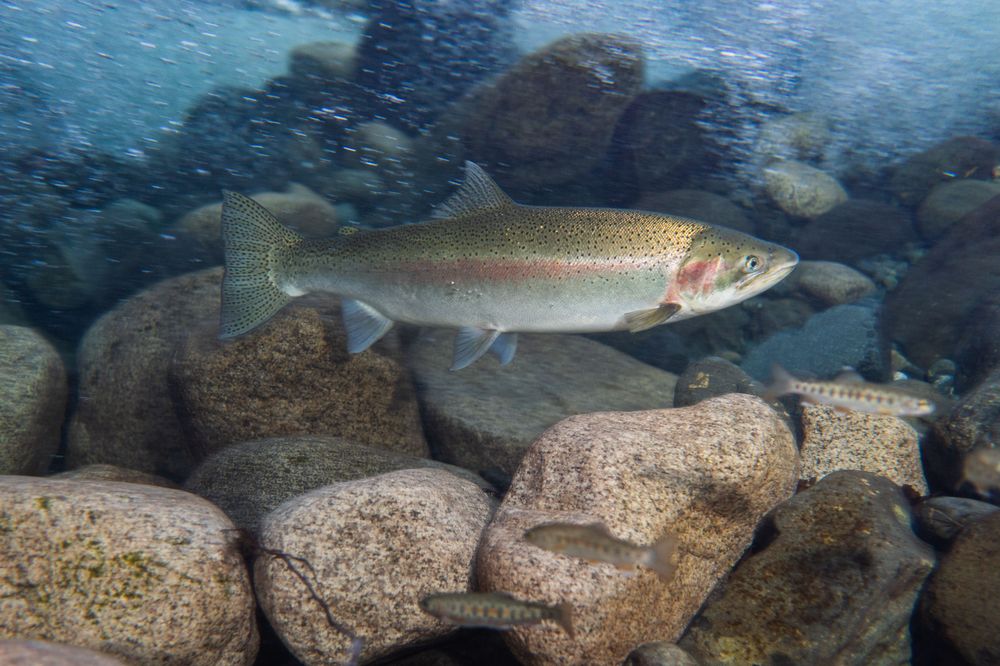
2.Increasing numbers of sockeye and Chinook are bringing renewed hope for some salmon-dependent communities and ecosystems.
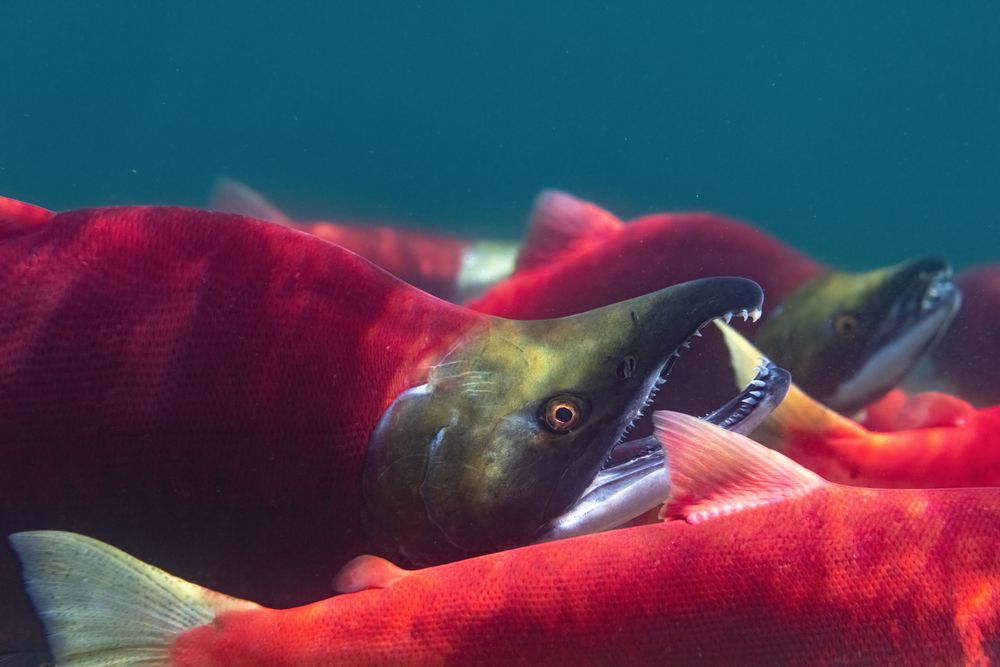
3.Pink salmon are proving their resilience, returning in large numbers across many regions.
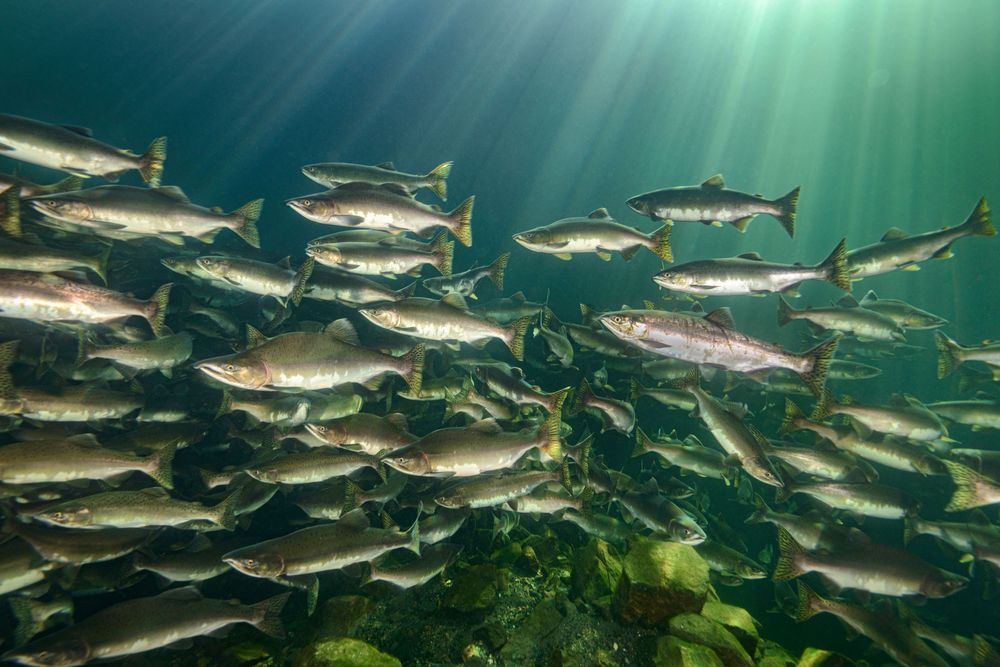
4.While most salmon species seem to be struggling in northern and central regions, data gaps make it hard to know just how serious and widespread the declines are.
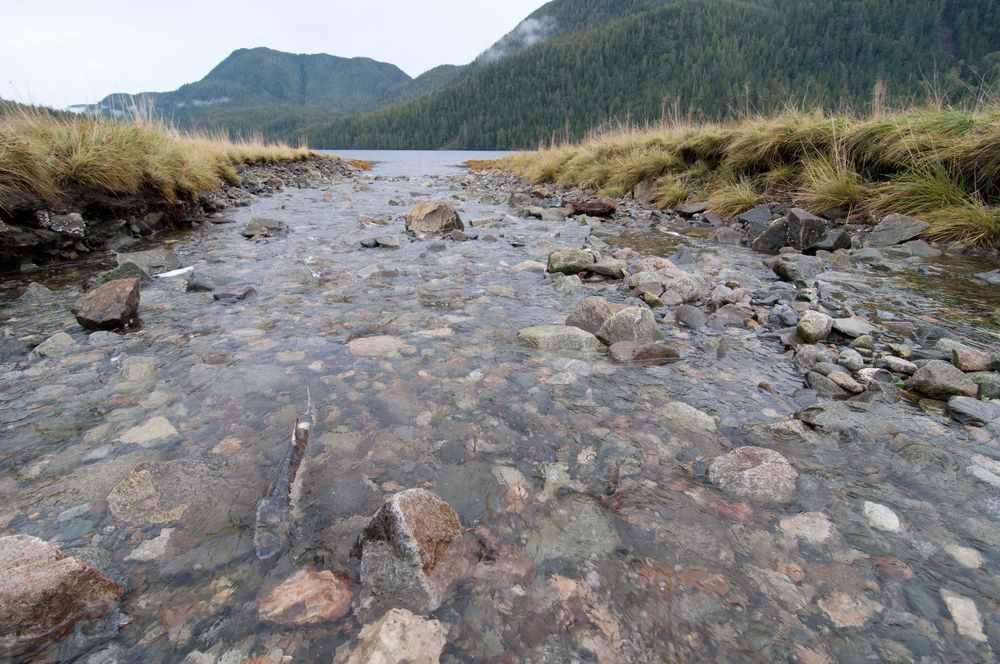
Species at a Glance
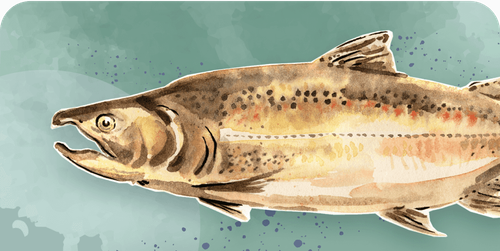
Chinook
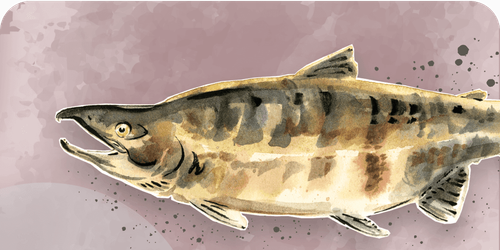
Chum
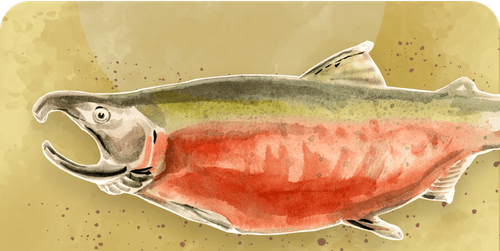
Coho
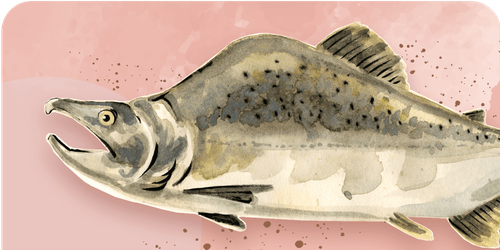
Pink
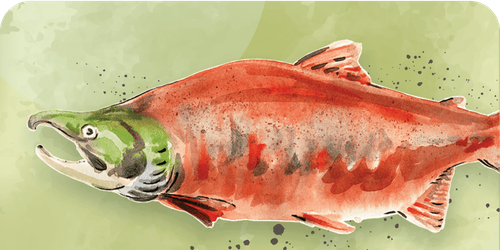
Sockeye
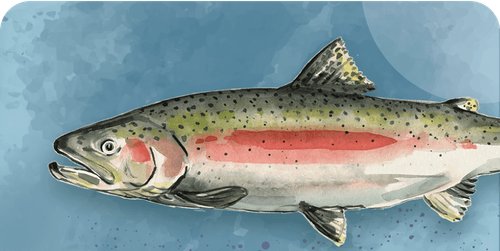
Steelhead
FACTORS AFFECTING THE STATE OF SALMON
The salmon life cycle extends from freshwater streams and lakes to the North Pacific Ocean, exposing salmon to numerous pressures that can accumulate and interact to influence survival. Over the past 150 years, the number of factors affecting the abundance of Pacific salmon have dramatically increased, challenging salmon survival.

Competition
Although Pacific salmon in Canada are at a fraction of their historical abundance, there are more salmon in the North Pacific Ocean than ever before due to increased global hatchery production, and competition for resources can be fierce. Competition among salmon at sea can influence salmon growth, maturity, and productivity, and the impacts are significant.+Although Pacific salmon in CanAlthough Pacific salmon in Canada are at a fraction of their hist
Climate Change
More frequent extremes in temperature, flow, and ocean conditions impact salmon throughout their life cycles. These changes compound and interact with other pressures to affect salmon survival, sometimes unpredictably. Maintaining cold-water refuges and protecting undeveloped watersheds can buffer salmon against climate change in freshwater, but cascading impacts in ocean ecosystems are hindering salmon recovery.+More frequent extremes in tempMore frequent extremes in temperature, flow, and ocean conditions
Fisheries
Although Canada’s commercial fisheries have greatly diminished over the last 30 years, concerns are mounting over the bycatch of non-targeted species and populations in mixed-stock fisheries. Mixed-stock fisheries make it difficult to target enhanced or healthy populations, putting weaker stocks at risk and potentially leading to their over-harvest. Climate change is also making the timing and magnitude of returns less predictable, further challenging sustainable fisheries management. +Although Canada’s commercial fAlthough Canada’s commercial fisheries have greatly diminished ov
Natural Disturbances
Events such as forest fires, floods, and landslides cause ecosystem change and renewal – but the resulting impacts to watersheds can present immediate challenges for salmon. For example, the Big Bar landslide blocked upstream migration of Fraser River salmon in 2019. The debris prevented migrating Fraser salmon from moving beyond the landslide to their spawning grounds, negatively affecting the reproductive cycle of several upper Fraser salmon populations.+Events such as forest fires, fEvents such as forest fires, floods, and landslides cause ecosyst
Aquaculture
Open net-pen salmon farms pose several risks to wild salmon, mainly the introduction and transmission of pathogens that can impact wild salmon health and survival. Other potential impacts include environmental contamination from chemical use, pollution from feed and effluent, and direct interactions (predation, competition) between farmed and wild salmon.+Open net-pen salmon farms poseOpen net-pen salmon farms pose several risks to wild salmon, main
Industrial Development
Activities like forestry, mining, agriculture, and associated infrastructure including pipelines, ports, dams, and railways can have significant impacts on the landscape, altering geomorphology and hydrological processes. Industrial extraction of surface and ground water can reduce stream flows, increase water temperatures, and limit access to habitats.+Activities like forestry, miniActivities like forestry, mining, agriculture, and associated inf
Urban Development
Buildings, roads, and coastal modifications like seawalls have led to the loss, degradation, and fragmentation of salmon habitats. With urbanization preceding modern-day record keeping in many regions and the passability of different migration barriers often unknown, the magnitude of this impact on salmon is hard to quantify.+Buildings, roads, and coastal Buildings, roads, and coastal modifications like seawalls have le
Hatcheries
Hatchery production can enhance fisheries and provide community connections to salmon, but also poses risks to wild salmon. Hatchery salmon can interbreed or displace wild salmon, reducing genetic diversity, resilience, and adaptive capacity of wild populations.+Hatchery production can enhancHatchery production can enhance fisheries and provide community c
Predation
Juvenile salmon are an important food source for many species and naturally incur high mortality from predation. Human and natural disturbances can increase predation by reducing habitat complexity, removing hiding places for juvenile salmon. Piers and docks tend to be avoided by salmon, forcing migrating fish into more open habitats where predators may be waiting, while log booms provide a platform for predators (seals and seal lions) to hunt both juvenile and adult salmon.+Juvenile salmon are an importaJuvenile salmon are an important food source for many species and
THE PATH FORWARD









